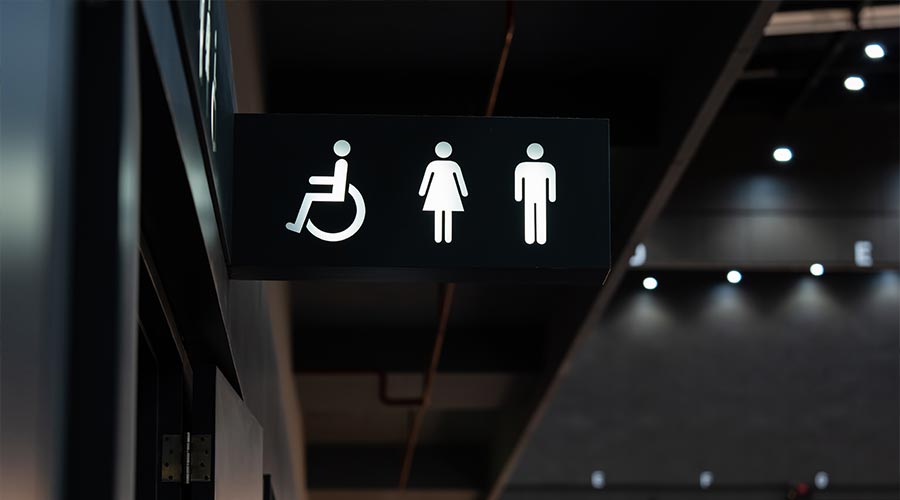
Tork, an Essity brand, launched the findings of new global research on the public restroom experience. The Tork 2024 Insights Survey is a step in the brand’s ambition to raise awareness around inclusive hygiene in the public restroom and its work to help educate businesses around why they should provide more inclusive hygiene solutions.
The research surveyed more than 6,000 end-users and 900 businesses in five countries. Additionally, Tork brought together senior leaders across public and private organizations in the United States to review the findings and discuss how to progress toward comfortable access to public restrooms for as many people as possible.
The research explores the perceptions, concerns and needs of both restroom visitors and businesses and their ability to eliminate visible and invisible barriers to pursuing hygiene in the public restroom. Barriers to restroom hygiene can impact users with cognitive and physical limitations and those experiencing changes with age, circumstances or temporary/permanent life-changing events that alter their needs. For example, users can be challenged by a range of factors including inability to access soap and hand towel dispensers, loud noises, lack of privacy or cleanliness
The data shows that many individuals are not comfortable using a public restroom, which negatively impacts their well-being. This keeps them from participating in social activities – including enjoying food and drink in public – staying at a job and from feeling safe, generally.
Highlights of the research include:
People feel anxious when they have to use a public restroom
• 44 percent feel anxious when having to use the restroom outside of their home
When people are unable to wash their hands, they don’t feel safe
• 73 percent of respondents feel unsafe if they can't wash their hands
Poor restrooms are a reason people quit their jobs
• 1 in 6 respondents (17 percent) said they left a job because of a poor restroom
People avoid eating or drinking to limit their use of public restrooms (38 percent of all respondents) and those with children or walking aids are more likely to do so
• Nearly 50 percent of parents who need to bring a baby carrier or child in arms to use the public restroom have avoided eating or drinking to avoid visiting public restroom
• 51 percent of respondents with walking aids are likely to avoid eating or drinking to avoid having to visit public restrooms
Respondents consider access to public restrooms when planning social events or travel
• 26 percent of respondents avoided a social event because of concerns about access to public restrooms; that number rises to 39 percent for those who report a phobia or fear of viruses or bacteria
• 44 percent of all respondents plan their travel routes to ensure they have access to restrooms
“This research reaffirms that access to public restrooms isn’t just about convenience, it’s a pervasive public health challenge,” says Amie Kromis, DEI director at Essity. “Restrooms are the busiest room in a facility and they often aren’t equipped to accommodate the constantly changing needs and capabilities of the population at large. This influences an individual’s ability to participate effectively at work, at social gatherings, their inclination to buy food or drink or dine at a restaurant and even what routes they choose to travel. Ultimately, providing better hygiene in public restrooms is good for a business and their visitors, customers and employees.”

 The Down and Dirty on Cleaning in Virus Season
The Down and Dirty on Cleaning in Virus Season How Surfactant Use is Expanding in Commercial Cleaning
How Surfactant Use is Expanding in Commercial Cleaning Maximize Your Margins: Learn How to Automate Pricing and Track Rebates
Maximize Your Margins: Learn How to Automate Pricing and Track Rebates